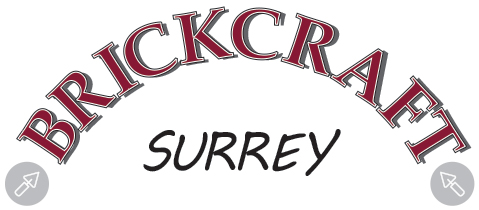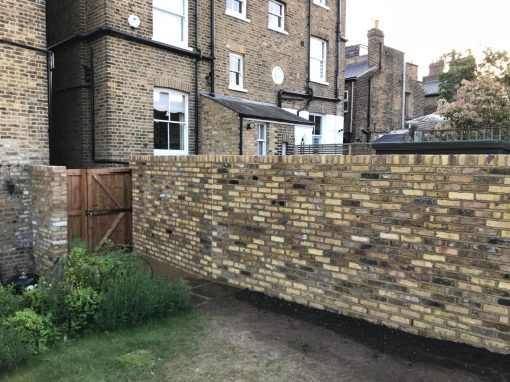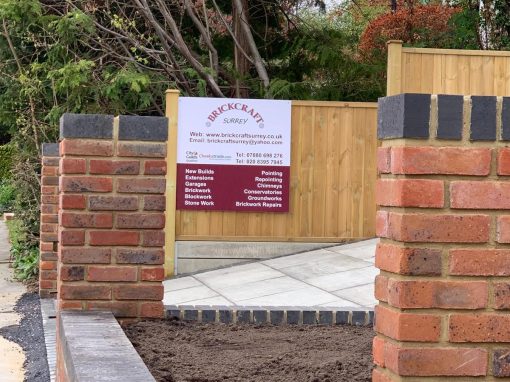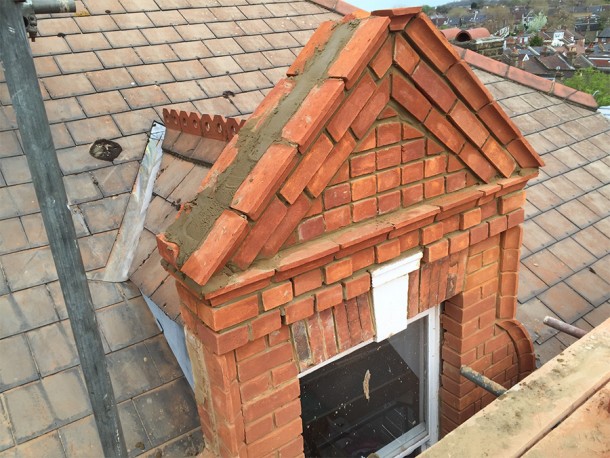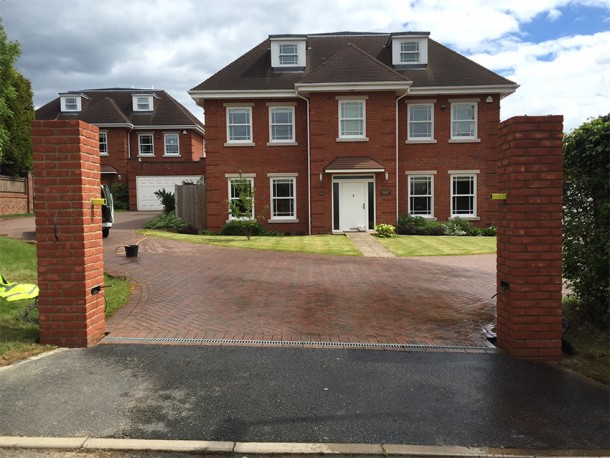Re-pointing is a crucial maintenance task that should be performed on buildings constructed with Slindon stone. This process involves removing deteriorated mortar from the joints of the stones and filling it with fresh mortar. While it may appear to be a simple task, it requires a certain degree of skill and expertise coupled with an understanding of the stone and the local climate, as mistakes made during re-pointing can lead to serious issues down the line.
Slindon stone, a naturally occurring sandstone popular in the United Kingdom, has been used extensively in construction, both for its aesthetic appeal and practical nature. However, like all natural materials, it’s subject to weathering and degradation over time, especially in case of the often-challenging conditions in the UK. Re-pointing is thus a necessity to protect our historic and beautiful buildings, keeping them in prime condition for future generations.
Professionals undertaking re-pointing take care to match the new mortar in terms of colour, texture, and strength to the original. With Slindon stone, a careful approach involving gentle cleaning and removal of the old mortar is paramount to prevent undue damage. Once the pointing is replaced, the building regains its original strength and durability, maintaining the character and charm of the Slindon stone. In essence, re-pointing is a vital procedure not only for the preservation of properties using Slindon stone but also an effective means to sustain the architectural history and heritage of the region.
